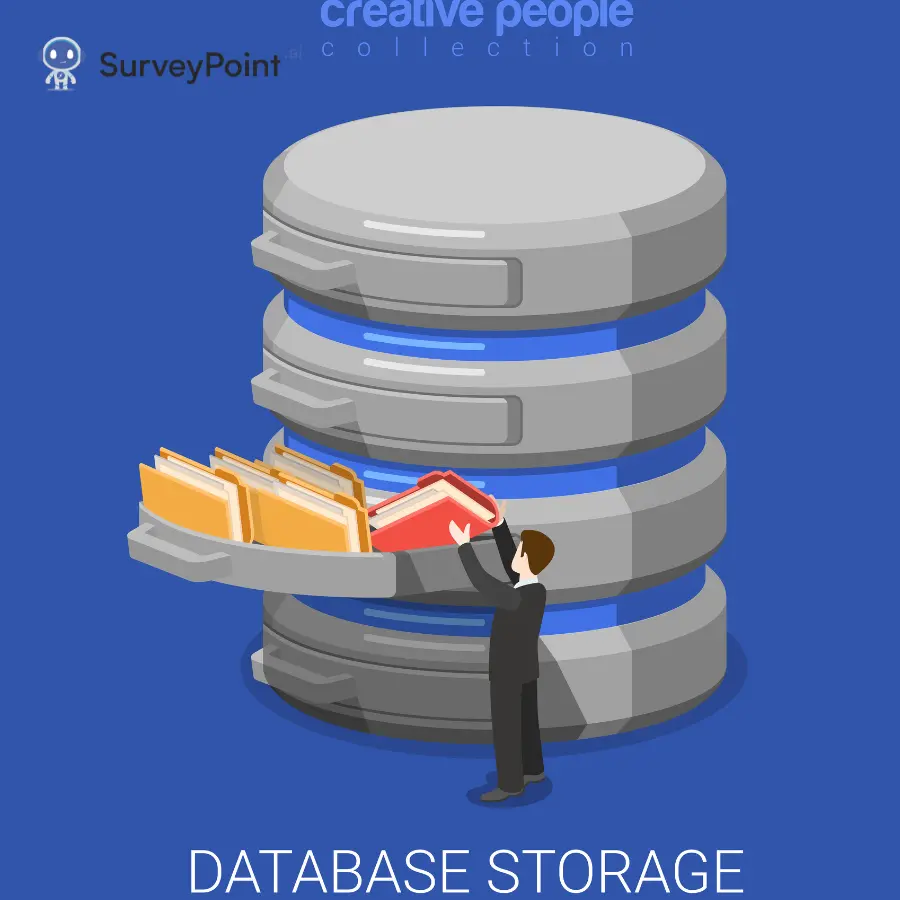
In the ever-evolving landscape of technology and data, the terms zettabyte and petabyte have become increasingly prevalent. As we delve into the depths of data storage, it’s essential to understand the significance of these colossal units and the role they play in shaping our digital world. This blog aims to demystify the journey from zettabyte to petabyte, exploring the evolution, implications, and challenges associated with managing such vast amounts of data.
Before we embark on our exploration, let’s establish a foundation by defining the terms at hand.
Understanding the Basics
A zettabyte is a unit of digital information storage equal to 1 sextillion bytes, or 1,000 exabytes. In simpler terms, it’s a mind-boggling one followed by 21 zeros. On the other hand, a petabyte is one step down the ladder, representing 1 quadrillion bytes or 1,000 terabytes. While both units are massive, the leap from zettabyte to petabyte is crucial in the context of data scalability and storage capabilities.
The Rise of Zettabyte Era
The digital age has ushered in an era where data is generated at an unprecedented rate. From social media interactions and online transactions to IoT devices and scientific research, the sources contributing to the zettabyte-scale data are diverse and growing. The exponential increase in data creation necessitated the development of advanced storage solutions capable of accommodating and processing such colossal amounts of information.
Data Centers and Zettabyte Storage
Data centers play a pivotal role in the zettabyte era. These behemoth facilities, equipped with rows of servers and cutting-edge infrastructure, serve as the backbone of our digital world. As data volumes soared, data center architects and engineers faced the formidable task of designing systems that could handle zettabyte-scale storage and retrieval efficiently. Innovations in hardware, networking, and software were crucial to meeting the demands of this data-intensive landscape.
Challenges of Zettabyte-Scale Storage
Managing zettabytes of data comes with its own set of challenges. One primary concern is data integrity and security. With the sheer volume of information stored, ensuring the accuracy and protection of data becomes a complex task. Additionally, the energy consumption of zettabyte-scale data centers raises environmental concerns. Striking a balance between performance and sustainability becomes imperative as the world continues its digital transformation.
The Transition to Petabyte-Scale Storage
While zettabyte-scale storage is currently at the forefront of data management discussions, the transition to petabyte-scale storage is equally significant. As technology evolves, the demand for more extensive storage capacities at the petabyte level is becoming commonplace.
The petabyte era is characterized by its applicability across various sectors, including healthcare, finance, research, and entertainment.
Petabyte-Scale Storage in Healthcare:
In the healthcare industry, the adoption of electronic health records (EHRs) and medical imaging technologies has fueled the need for petabyte-scale storage solutions. Patient data, medical images, and research findings contribute to the massive volumes of information that healthcare organizations must manage securely and efficiently. The petabyte era in healthcare signifies a shift towards more advanced data analytics, personalized medicine, and collaborative research initiatives.
Financial Institutions and Petabyte-Scale Data:
Financial institutions are no strangers to dealing with vast amounts of data. As transactions, customer interactions, and market data continue to grow, banks and financial organizations are investing in petabyte-scale storage solutions. The ability to analyze historical data, detect patterns, and make informed decisions in real-time is crucial in the fast-paced world of finance. Petabyte-scale storage empowers financial institutions to navigate the complexities of big data analytics and regulatory compliance.
Research and Scientific Endeavors:
In the realm of scientific research, petabyte-scale storage is a game-changer. From genomics and astronomy to climate modeling and particle physics, researchers are generating enormous datasets that require sophisticated storage and computational capabilities. The petabyte era enables scientists to store and analyze data at unprecedented scales, opening new possibilities for groundbreaking discoveries and advancements.
Entertainment and Media in the Petabyte Age:
The entertainment industry has witnessed a significant transformation with the advent of streaming services, high-definition content, and virtual reality experiences. The demand for petabyte-scale storage is evident in the way media companies handle large libraries of video, audio, and graphical content. From content delivery networks (CDNs) to cloud-based storage solutions, the petabyte era in media ensures seamless content delivery and personalized user experiences.
Challenges and Solutions in Petabyte-Scale Storage
While petabyte-scale storage offers immense opportunities, it also poses challenges that need innovative solutions. Storage efficiency, data accessibility, and cost-effectiveness are key considerations in managing petabyte-scale data. Advanced storage technologies such as shingled magnetic recording (SMR), helium-filled drives, and solid-state drives (SSDs) are emerging as solutions to address the unique requirements of petabyte-scale storage systems.
The Future: Exabyte and Beyond
As we unravel the intricacies of zettabyte to petabyte storage, it’s essential to look towards the future. The next frontier in data storage is the exabyte ,a unit equivalent to 1 quintillion bytes. The evolution of storage technology will continue to push the boundaries, with a focus on scalability, speed, and sustainability. Exabyte-scale storage will become increasingly relevant as data-intensive applications, artificial intelligence, and machine learning algorithms continue to advance.
Conclusion
In the grand tapestry of digital evolution, the journey from zettabyte to petabyte encapsulates the challenges and triumphs of managing colossal amounts of data. From the towering data centers that house zettabytes of information to the diverse applications of petabyte-scale storage across industries, our digital landscape is shaped by the capabilities of these storage units. As we gaze into the future, the march towards exabyte-scale storage beckons, promising new horizons and technological frontiers. The zettabyte to petabyte transition is not just a numerical leap but a testament to humanity’s insatiable thirst for knowledge and innovation in the realm of data storage.




